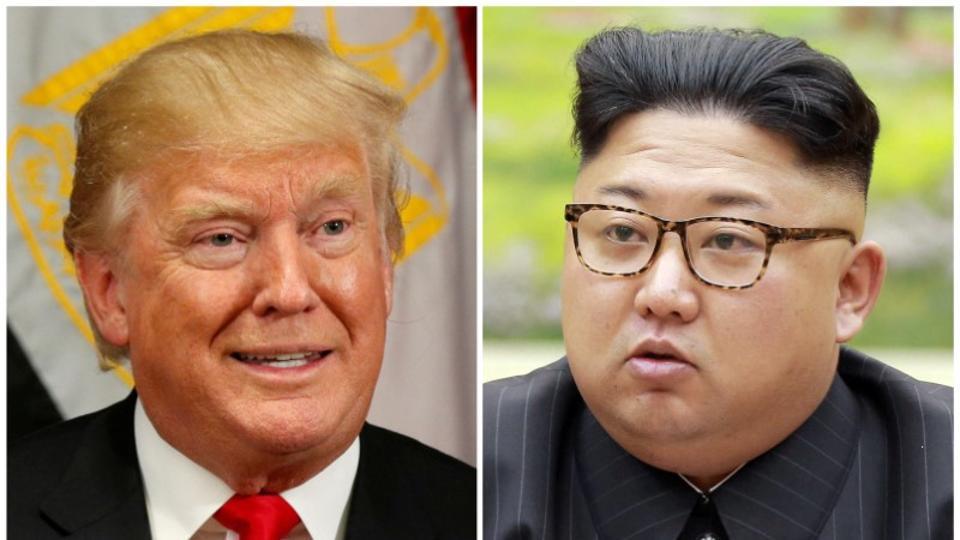Crisis Management
We have focused in our last edition on crisis management in the context of the strategic shift.
The strategic shift is a crucial one for the liberal democracies.
That strategic shift is from a primary focus on counter insurgency and stability operations to operating in a contested environment with high tempo and high intensity combat systems as a primary tool set.
It is about managing conflict with peer to peer competitors.
On the one hand, the military capabilities are being reshaped to operate in such an environment, and there is a clear opportunity to leverage new platforms and systems to shape a military structure more aligned with the new strategic environment.
On the other hand, the civilian side of the equation needs even more significant change to get into the world of crisis management where hybrid war, mult-domain conflict and modern combat tools are used.
While preparing for large-scale conflict is an important metric, and even more important one is to reshape the capabilities of the liberal democracies to understand, prepare for, and learn how to use military tools most appropriate to conflict management.
This means putting the force packages together which can gain an advantage, but also learning how to terminate conflict.
This edition brought together several of our pieces on insertion forces and crisis management and was led by an interview with the CO of MCAS Yuma who focused on the evolution and impact of the USMC Special Purpose MAGTS in this role.
You can read the report below in either PDF or flipbook formats:
Crisis Management
